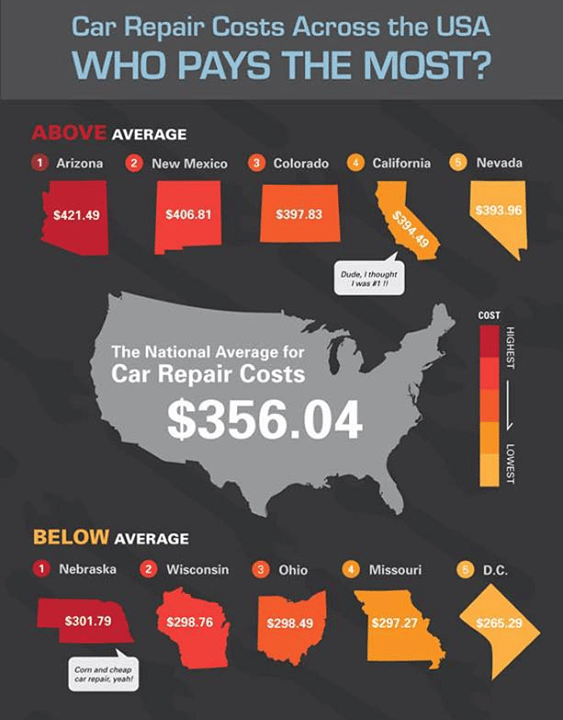Eager To Know What The Dashboard Warning Lights In Your Auto Represent? Explore Their Meanings For The Wellness And Safety Of Your Automobile
Eager To Know What The Dashboard Warning Lights In Your Auto Represent? Explore Their Meanings For The Wellness And Safety Of Your Automobile
Blog Article
Post Writer-Hartley Dalgaard
When you lag the wheel, those radiant caution lights on your dashboard can be a little bit difficult. Do you understand what they're trying to inform you regarding your car's health? Recognizing the relevance of these lights is essential for your safety and security and the longevity of your car. So, the following time one of those lights turns up, wouldn't you want to decipher its message properly and take the necessary actions to resolve it?
Common Warning Lights and Interpretations
Recognize usual warning lights in your car and recognize their significances to make sure safe driving.
The most common warning lights consist of the check engine light, which signifies issues with the engine or discharges system. If this light begins, it's critical to have your vehicle examined promptly.
cheap interior car cleaning near me alerting light shows low oil stress, calling for instant focus to stop engine damages.
A flashing battery light could suggest a damaged charging system, potentially leaving you stranded otherwise resolved.
The tire pressure monitoring system (TPMS) light notifies you to low tire stress, affecting lorry stability and gas performance. Ignoring this could result in hazardous driving problems.
The abdominal light indicates a problem with the anti-lock stopping system, endangering your ability to quit swiftly in emergencies.
Finally, the coolant temperature advising light warns of engine getting too hot, which can lead to severe damage if not dealt with swiftly.
Recognizing these common warning lights will aid you attend to issues promptly and maintain secure driving problems.
Relevance of Prompt Interest
Comprehending the usual warning lights in your car is only the first step; the relevance of promptly resolving these cautions can't be highlighted sufficient to guarantee your safety and security when traveling.
When a warning light brightens on your control panel, it's your car's way of interacting a possible problem that requires attention. Overlooking these warnings can result in more serious troubles in the future, compromising your safety and security and possibly costing you extra out of commission.
Prompt interest to advising lights can prevent failures and crashes. For example, a flashing check engine light can suggest a misfire that, if left unattended, can trigger damage to the catalytic converter. Resolving this without delay can save you from a costly fixing.
Similarly, a brake system advising light might indicate low brake fluid or worn brake pads, critical components for your security when driving.
DIY Troubleshooting Tips
If you see a warning light on your control panel, there are a few DIY troubleshooting pointers you can attempt prior to looking for expert aid.
The very first step is to consult your auto's handbook to understand what the specific caution light suggests. Often just click the next post can be as basic as a loosened gas cap activating the check engine light. Tightening up the gas cap may solve the trouble.
One more usual problem is a low battery, which can trigger different advising lights. Examining the battery connections for corrosion and guaranteeing they're protected might repair the problem.
If a warning light continues, you can attempt resetting it by separating the cars and truck's battery for a couple of mins and then reconnecting it. In addition, inspecting your car's liquid levels, such as oil, coolant, and brake liquid, can help fix alerting lights connected to these systems.
Verdict
To conclude, understanding your auto's caution lights is necessary for maintaining your vehicle running efficiently and safely. By promptly attending to these alerts and recognizing what they suggest, you can prevent costly fixings and potential failures.
Bear in mind to consult your car's guidebook for certain information on each alerting light and act appropriately to ensure a trouble-free driving experience.
Remain notified, remain secure when traveling!
